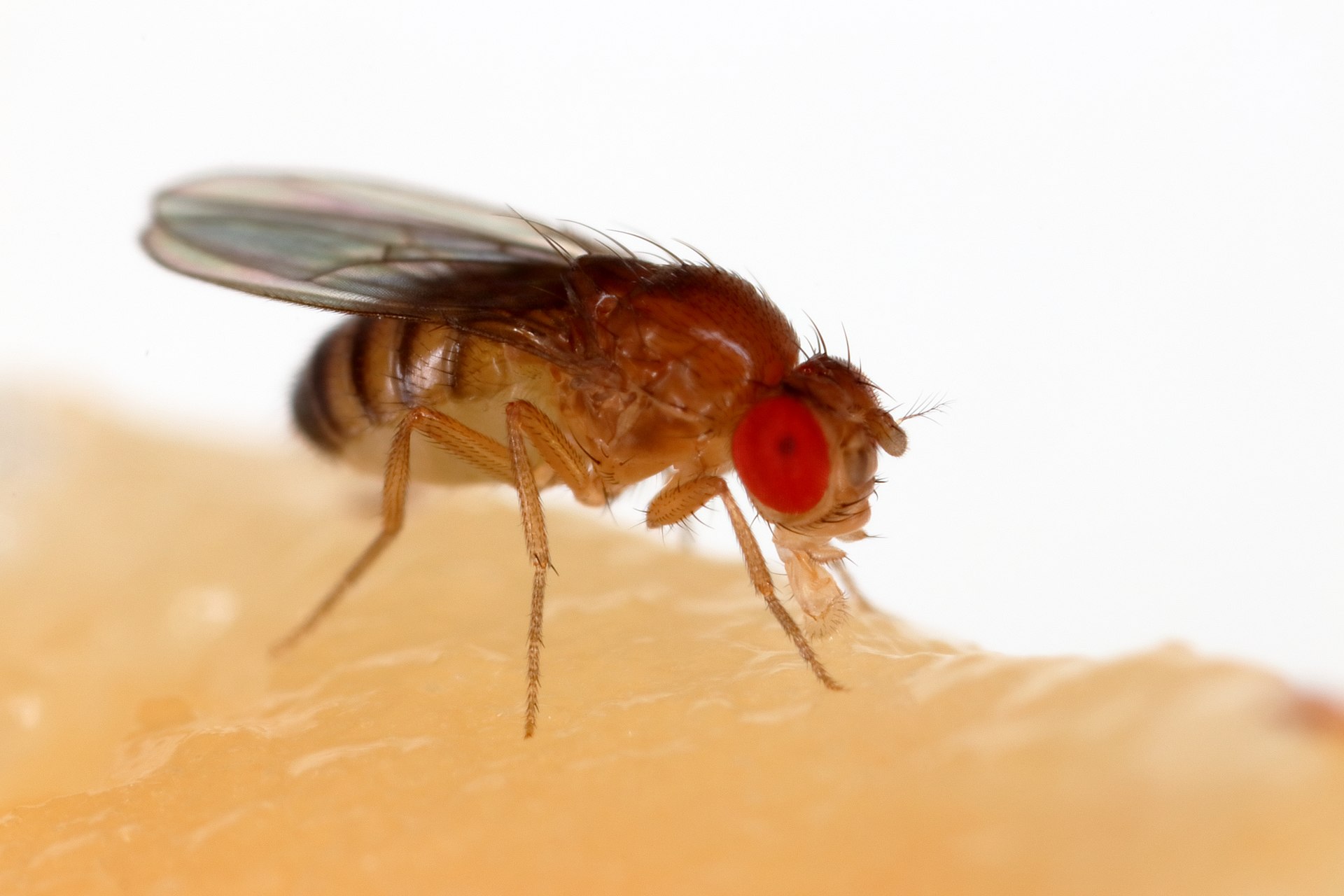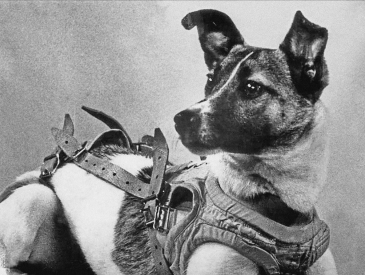Brave Explorers on Four Legs and Wings
Long before humans set foot in the vastness of space, our journey to the stars was pioneered by a rather unusual group of astronauts: animals. These unsung heroes played a crucial role in understanding the effects of space travel on living organisms. Here’s a look at some of these brave explorers.
Fruit Flies: The First Living Organisms in Space
The journey of animals in space began in 1947 when fruit flies were aboard a U.S. V-2 rocket. These tiny insects, known for their short life cycles and rapid reproduction, were ideal candidates for studying radiation exposure at high altitudes. The flies returned safely to Earth, providing valuable data.

(source: Wikipedia – Fruitflies in space)
Laika: The Canine Cosmonaut
Perhaps the most famous animal astronaut is Laika, a stray dog from the streets of Moscow. In 1957, aboard the Soviet spacecraft Sputnik 2, Laika became the first animal to orbit the Earth. Although Laika did not survive the mission, her sacrifice provided critical data about living organisms’ behavior in space.

(source: Wikipedia – Laika in flight harnass)
Sam: The Rhesus Monkey’s High Altitude Test
Adding to the list of primate astronauts is Sam, a rhesus monkey who flew on a Little Joe rocket in 1959 as part of the U.S. Air Force’s space program. Sam’s flight was crucial in testing the launch escape system designed to protect astronauts in the event of a launch failure. His successful recovery after reaching the edge of space provided essential data for future human spaceflights.

(source: Several monkeys died in early rocket missions. This one, named Sam, did Survived his flight in 1959. (NASA))
Able and Baker: High-flying Primates
In 1959, two other notable space travelers, Able, a rhesus monkey, and Baker, a squirrel monkey, made history. Launched by the U.S. aboard the Jupiter AM-18, they traveled 300 miles above the Earth and returned unharmed. Their successful recovery marked a significant step towards human spaceflight.


(source: Wikipedia – Miss Baker)
Belka and Strelka: The Canine Duo
Following Laika’s mission, the Soviet Union sent Belka and Strelka into space in 1960. These two dogs spent a day in orbit and returned safely. Their survival was pivotal in proving that living beings could endure space travel and return unscathed.

(source: YouTube thumbnail – Belka and Strelka – the Soviet space dogs)
The Legacy of Animal Astronauts
These animal astronauts provided invaluable data that paved the way for human space exploration. While their contributions are often overshadowed by human achievements, it’s important to remember these pioneering creatures. They were not volunteers but involuntary participants in a grand experiment that expanded our horizons and understanding of the cosmos.
Reflecting on Their Sacrifice
As we continue to explore space, it’s crucial to acknowledge and reflect on the sacrifices made by these animals. Their stories are a mix of scientific triumph and ethical debate, reminding us of the complex relationship between human progress and animal welfare.

(source: CBC Kids News – How animals paved the way to space)
This blog post serves to highlight the significant, albeit often overlooked, role animals played in the early days of space exploration. It provides informative and thought-provoking content that fits well with the theme of your website focused on space travel.
